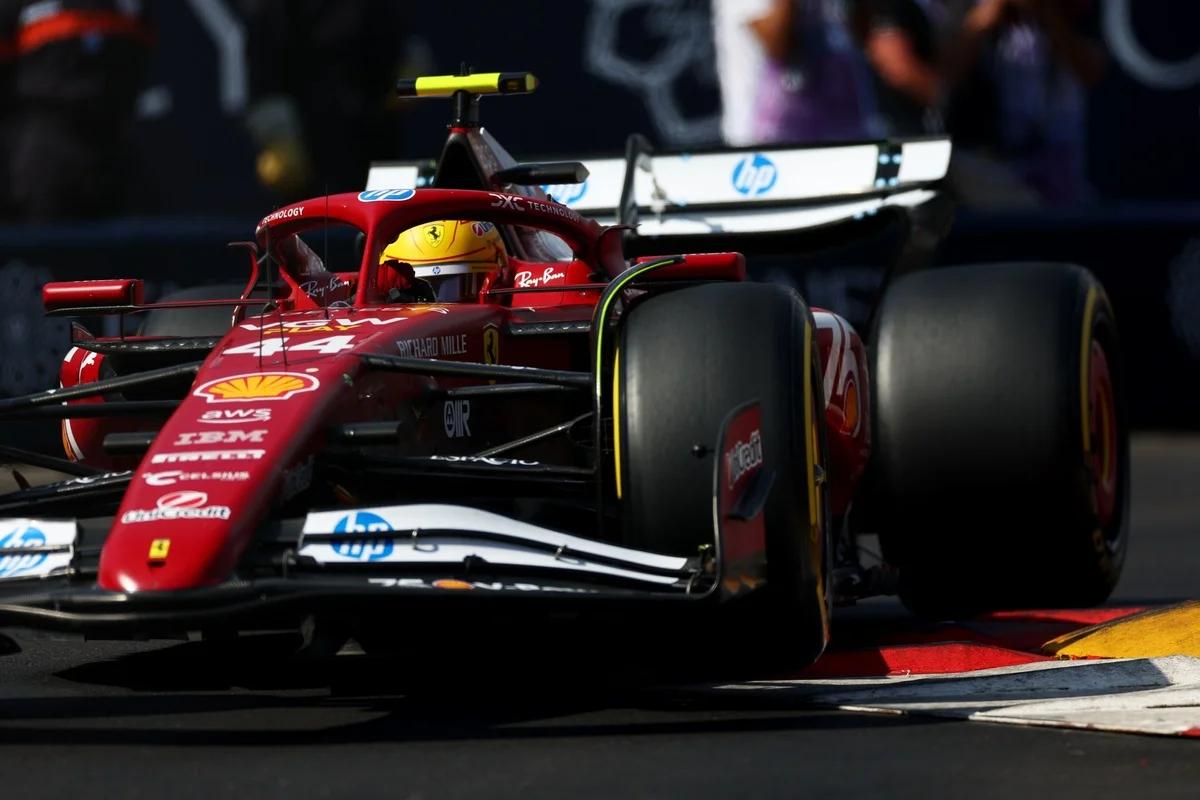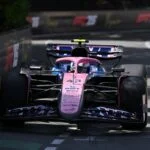The Evolution of the Monaco Grand Prix with a New Two-Pitstop Rule
Last year’s Monaco Grand Prix left many spectators disappointed, as the race lacked the usual thrilling action. The tight streets of Monte Carlo have traditionally made overtaking nearly impossible for today’s large F1 cars. However, in 2024, an early red flag compounded the issue, offering a free tyre change to all drivers and turning the race into a one-stopper. To prevent such scenarios in the future, changes have been made, introducing a special Monaco rule known as the two-pitstop rule.
Understanding the New Monaco Rule
The new rule does not necessarily mean that teams are required to make two pitstops. Instead, drivers must use three different sets of tyres. This is an important distinction, especially if there’s another red flag like last year. During a regular race, teams can comply with the tyre regulations by switching compounds under red flag conditions, meaning they do not need to stop again.
The FIA has already closed several potential loopholes, ensuring that only the tyres a driver starts the race with (either from the grid or pitlane) will count as a first set for the race. This rule aims to prevent another repeat of last year’s scenario, which was one of the primary goals behind the change.
Why Aren’t Teams Required to Use All Three Compounds?
Despite the rule requiring three sets of tyres, teams are not required to use all three compounds. Tyre wear in Monaco is extremely low, and Pirelli believes that using all three compounds wouldn’t make much of a difference. This decision makes strategy even more complex for teams and potentially more interesting for fans.

Possible Scenarios for Teams and Drivers
The new rule introduces many variables, leading to more strategic headaches for all teams. Teams outside the points may choose to gamble — at least with one car. However, if the safety car comes out after that, anyone who hasn’t yet pitted will get a free stop, and early gamblers will lose out. Instead, it makes sense for everyone to come in two times during a long safety car period.
At the front, two pitstops usually mean two undercut chances, but this aspect is much harder to predict. McLaren‘s Lando Norris holds the keys in this regard, as his strategy will influence the rest of the field. If he leads into Turn 1, he has strategic control, and the other teams must adapt.







